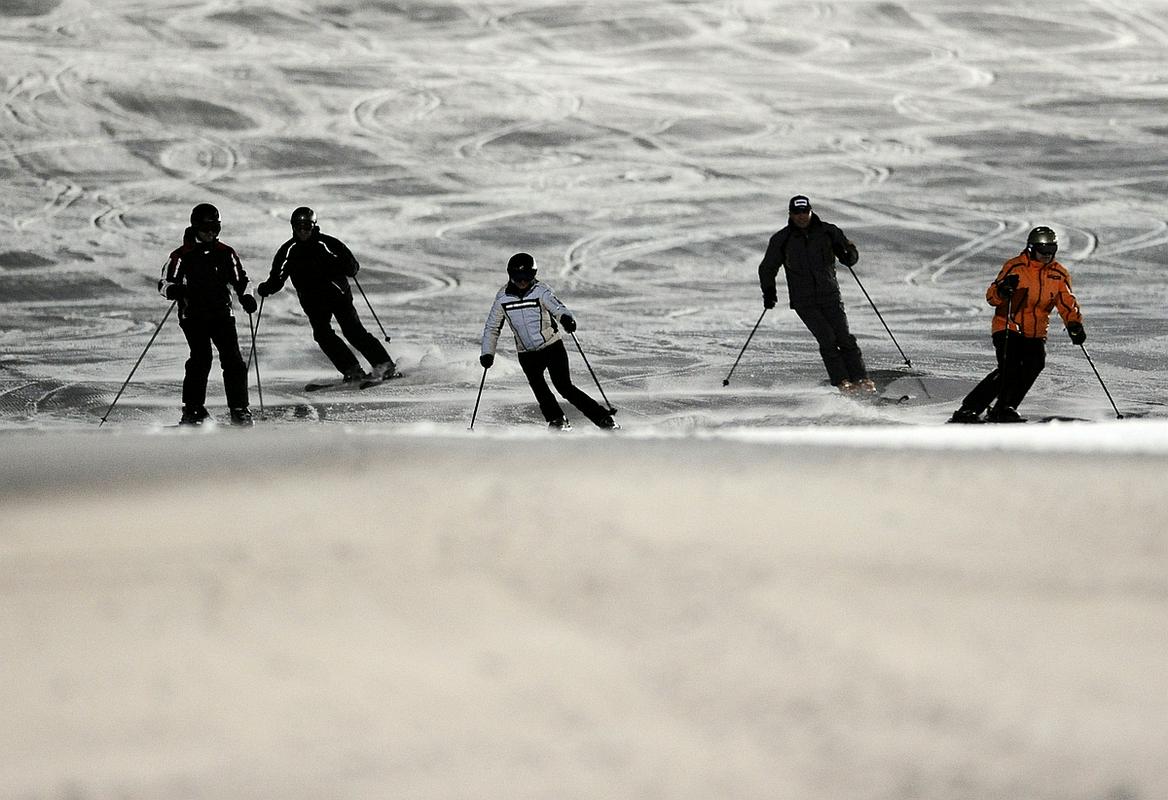
In the 1950s, Zvone Debeljak decided to devote his life to manufacturing skis. He was born to a family of coopers – barrel-makers. Both his father and grandfather had made barrels, but they had branched out to the manufacture of skis, which also required the mastery of curved wood. Zvone’s father even began to export skis to several European countries.
It was Zvone, however, who left a permanent mark on ski manufacturing. In the 1960s, he was among the first in Yugoslavia to make skis out of metal and won widespread acclaim for a design that featured two layers of aluminum. He moved to fiberglass a few years later – a Yugoslav first. As professional ski racers began using his equipment, skis with the Debeljak brand on them were suddenly in high demand throughout Yugoslavia.
Not content to rest on his laurels, Debeljak continued to innovate. He developed a Teflon-coated ski as well as the world’s first curved ski – anticipating modern-day carving skis by several decades. He never patented his design, which was ultimately adopted the world over, and his family-run company never received the financial rewards that his innovations deserved. Instead, he faced restrictions imposed on private enterprise by the Communist regime. To make things worse, the family’s factory was ravaged by a fire in 1968. Still, the company managed to survive as a contractor for the state-owned ski giant Elan.
Zvone’s son Drago has continued the family tradition after taking over the company in the mid-1980s. He developed an anti-vibration device that soon became a key part of the world’s top ski equipment. He also adapted to growing competition from around the world by expanding his company’s line to equipment for water skiing, skateboarding, and wakeboarding -- some of which he exports around the world. Instead of competing outright with the big players, he decided to cooperate with other companies and to focus on custom-made skis. All the time, he keeps following the latest trends and continuing the spirit of innovation that has characterized his family’s work for generations.


































































